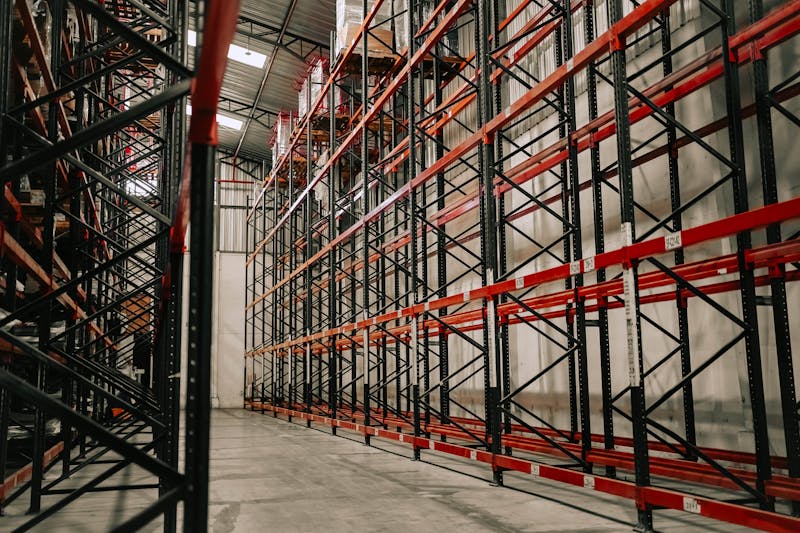Automated Warehouse Systems for E-Commerce: Streamline Order Fulfillment
Efficient order fulfillment is at the core of any successful e-commerce operation. With increasing consumer demand for faster deliveries and accurate order processing, businesses are turning to automated warehouse systems to streamline their operations. These technologies enhance productivity, minimize human error, and significantly reduce operational costs, making them indispensable in today's fast-paced online retail environment.

Automated warehouse systems combine advanced robotics, software solutions, and data analytics to optimize every stage of the supply chain, from inventory management to last-mile delivery. They address the challenges posed by traditional manual processes, such as slower picking times and higher error rates. As e-commerce continues to grow rapidly, adopting these systems is becoming a critical strategy for staying competitive in the market.
How Automated Systems Improve Efficiency
One of the main benefits of automation in warehouses is the significant improvement in operational efficiency. Automated systems like robotic arms and conveyor belts can handle repetitive tasks such as sorting, picking, and packing much faster than humans. These systems also work around the clock without breaks, ensuring consistent output.
Software-driven inventory management tools integrated into automated warehouses ensure real-time tracking of stock levels. This reduces the likelihood of overstocking or running out of popular items. Companies like Amazon utilize advanced automated systems to manage their vast inventory efficiently, allowing them to fulfill millions of orders daily with minimal errors.
Types of Warehouse Automation Technologies
Automation in warehouses encompasses various technologies tailored to specific tasks:
- Automated Guided Vehicles (AGVs): These vehicles transport goods across warehouses without requiring human intervention, guided by lasers or sensors.
- Robotic Picking Systems: Robots equipped with AI and machine vision identify and pick items from shelves accurately.
- Conveyor Systems: High-speed conveyors streamline the movement of goods through different processing stages.
- Sorting Machines: Automated sorters quickly categorize products based on size, destination, or type.
Each technology plays a unique role in addressing challenges like labor shortages and increasing order volumes while maintaining high accuracy standards.
The Role of Data Analytics
Data analytics is a pivotal component of automated warehouse systems. Advanced software collects and analyzes data on order patterns, inventory turnover rates, and delivery timelines to enhance decision-making. Predictive analytics enables businesses to anticipate demand fluctuations and adjust their operations accordingly.
An example is Walmart's use of data-driven automation to predict customer preferences and manage inventory dynamically. This approach reduces waste and ensures that popular products are always available, improving customer satisfaction.
Challenges and Considerations
While automation offers numerous advantages, its implementation comes with challenges. The initial investment required for purchasing and installing automated systems can be significant, posing a barrier for smaller businesses. Integrating these technologies into existing workflows demands careful planning to avoid disruptions.
An equally important consideration is workforce adaptation. Employees may require training to operate alongside automated systems effectively or transition to more specialized roles within the organization. Businesses must balance technological advancement with workforce development to create a harmonious working environment.
The Future of E-Commerce Warehousing
The adoption of automated warehouse systems shows no signs of slowing down as e-commerce grows globally. Innovations such as autonomous drones for last-mile delivery and AI-driven predictive maintenance for equipment are set to revolutionize logistics further. Companies investing in these advancements will not only improve efficiency but also gain a competitive edge by meeting customer expectations faster and more reliably.
Incorporating automation into warehouse operations has transformed how e-commerce businesses handle order fulfillment. From boosting efficiency with robotic solutions to leveraging data analytics for smarter decisions, these technologies address both present-day challenges and future demands. As companies navigate this shift, striking a balance between automation and human involvement will be key to achieving long-term success.
Amazon, Walmart.